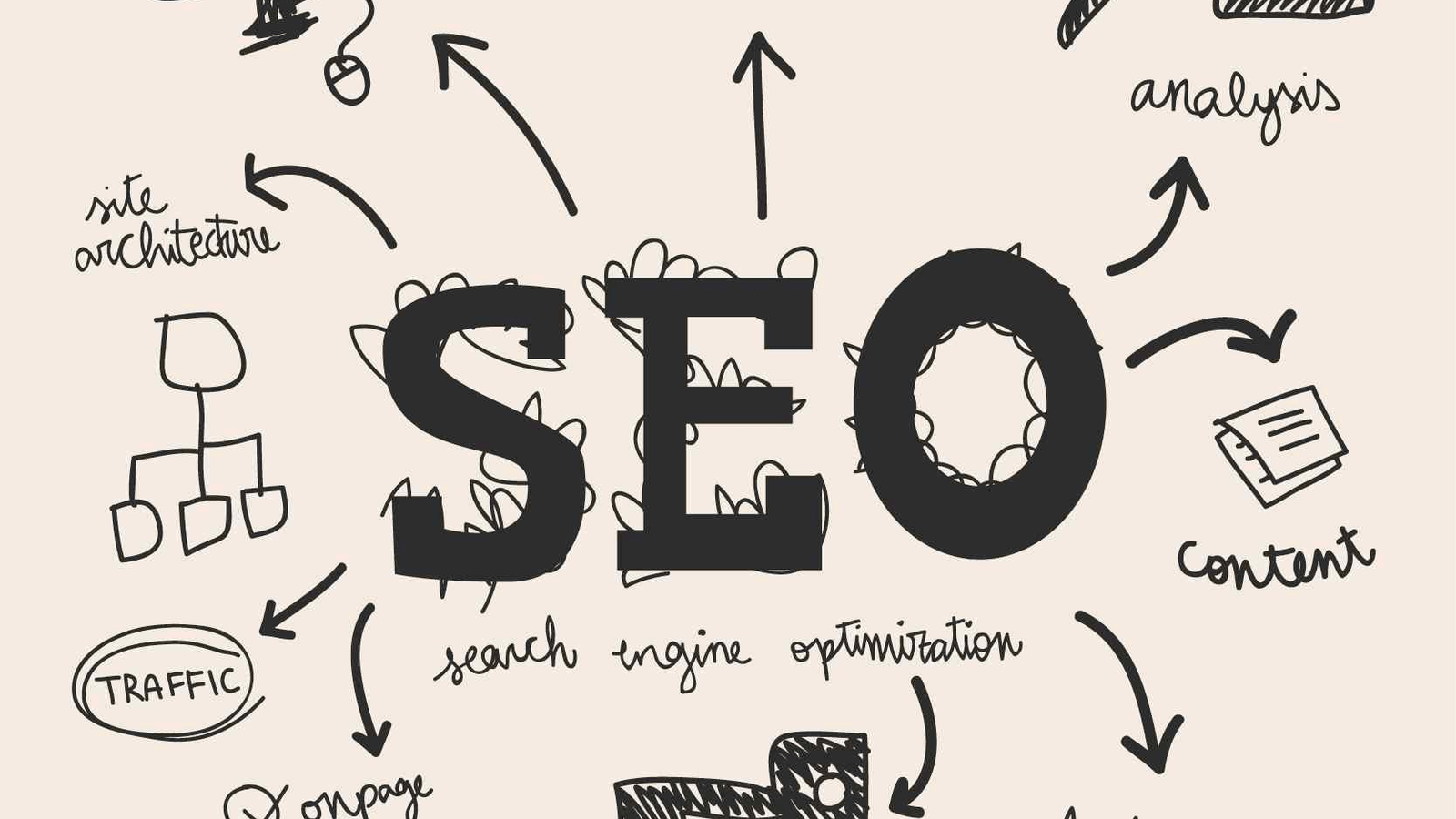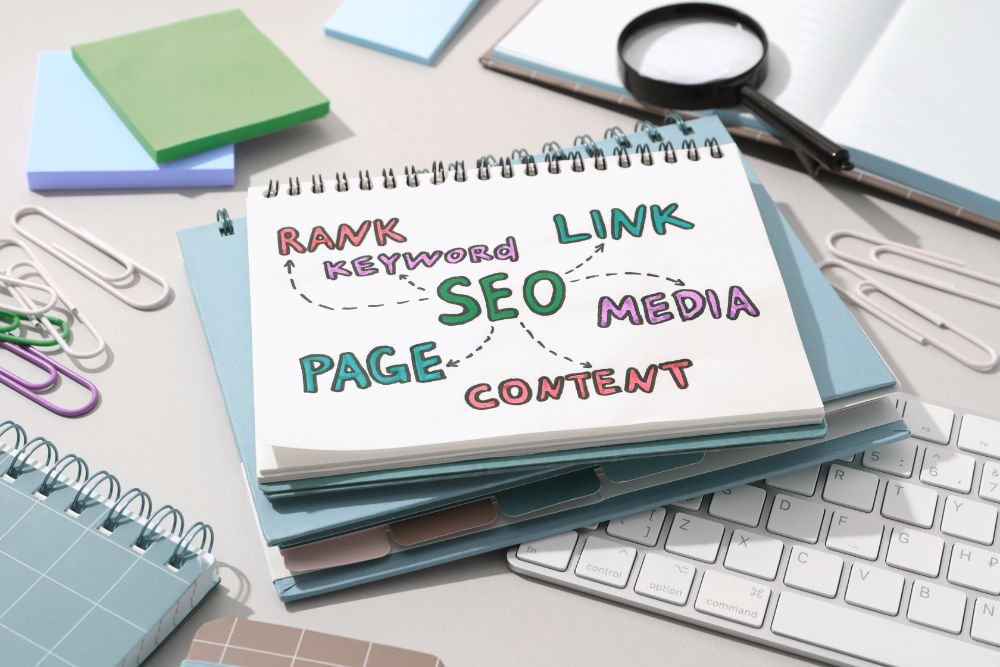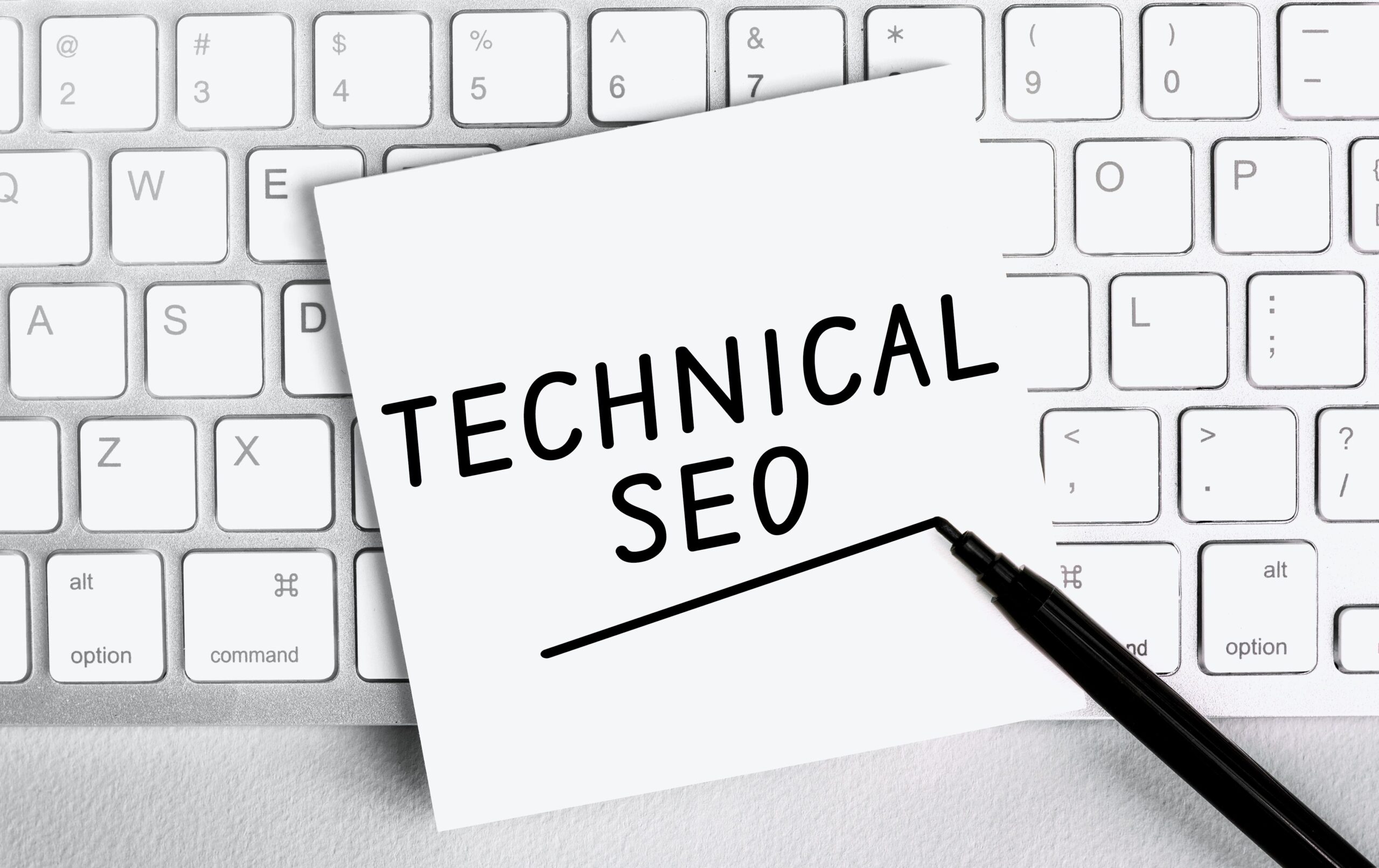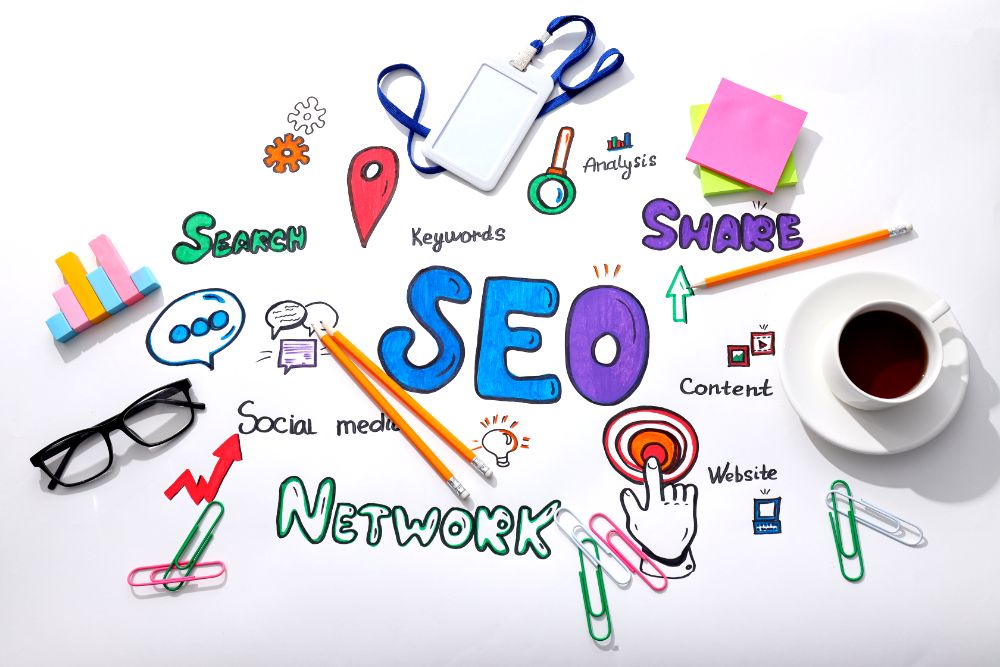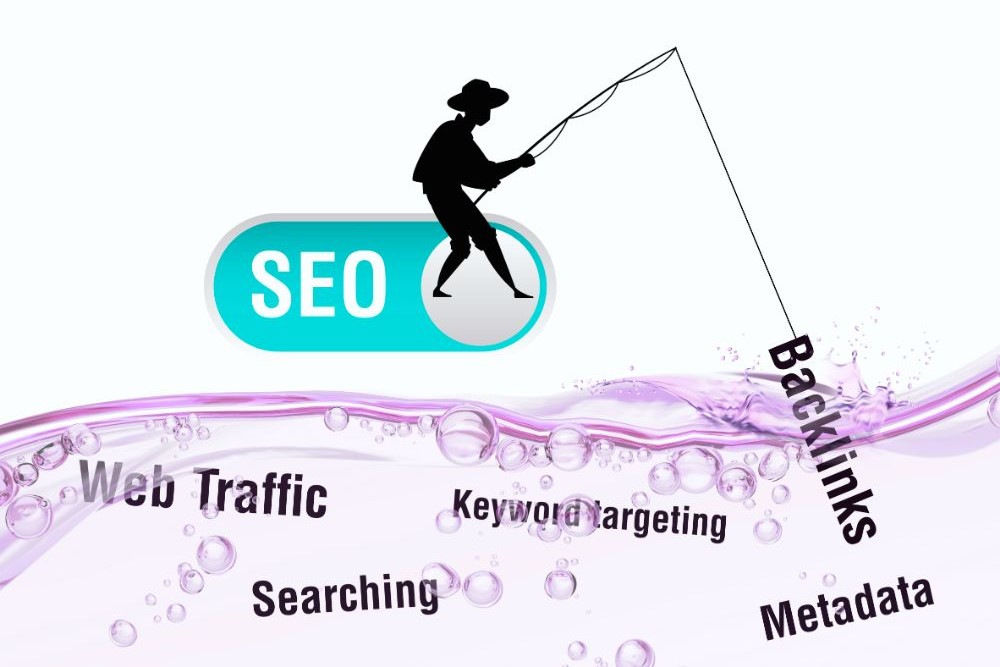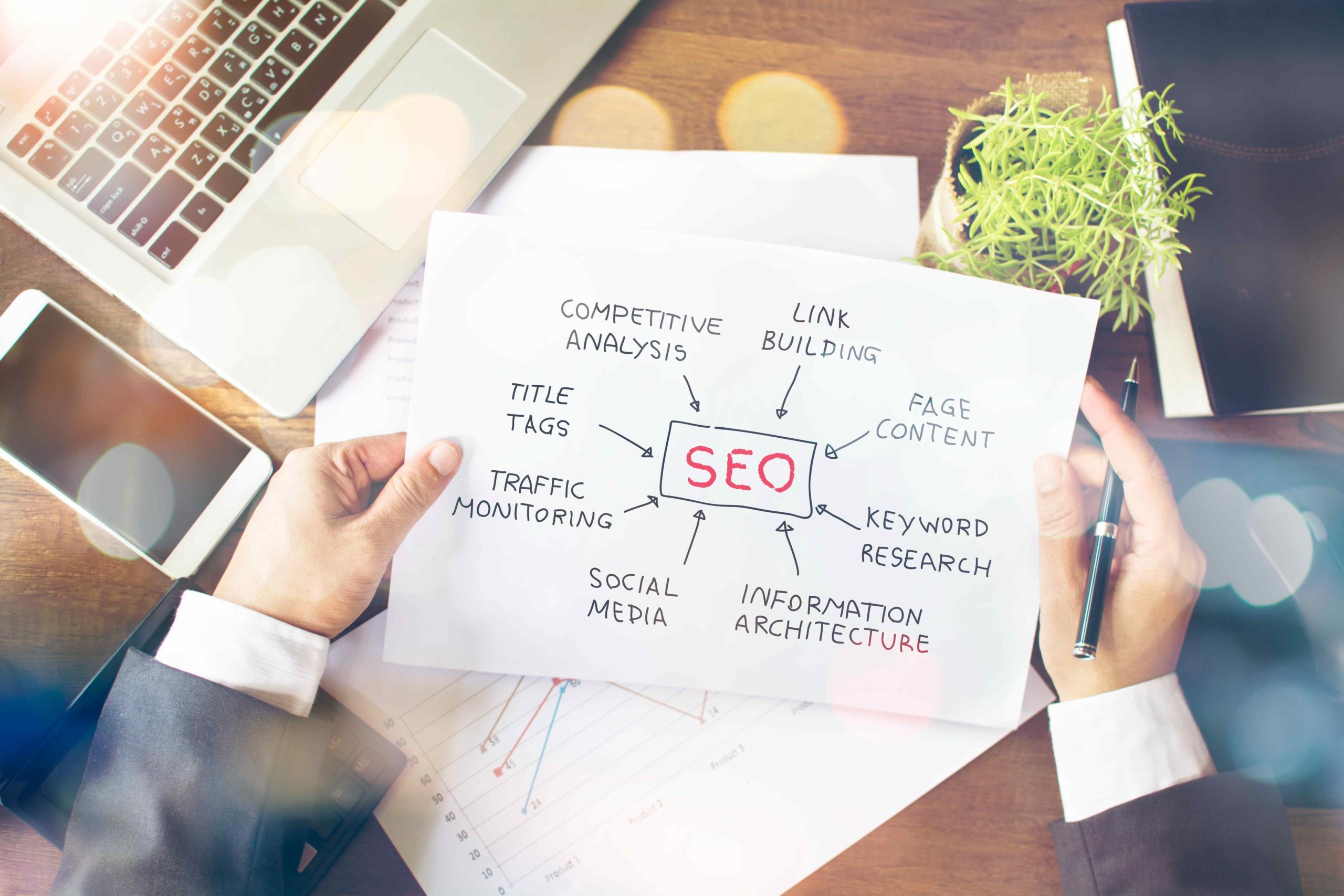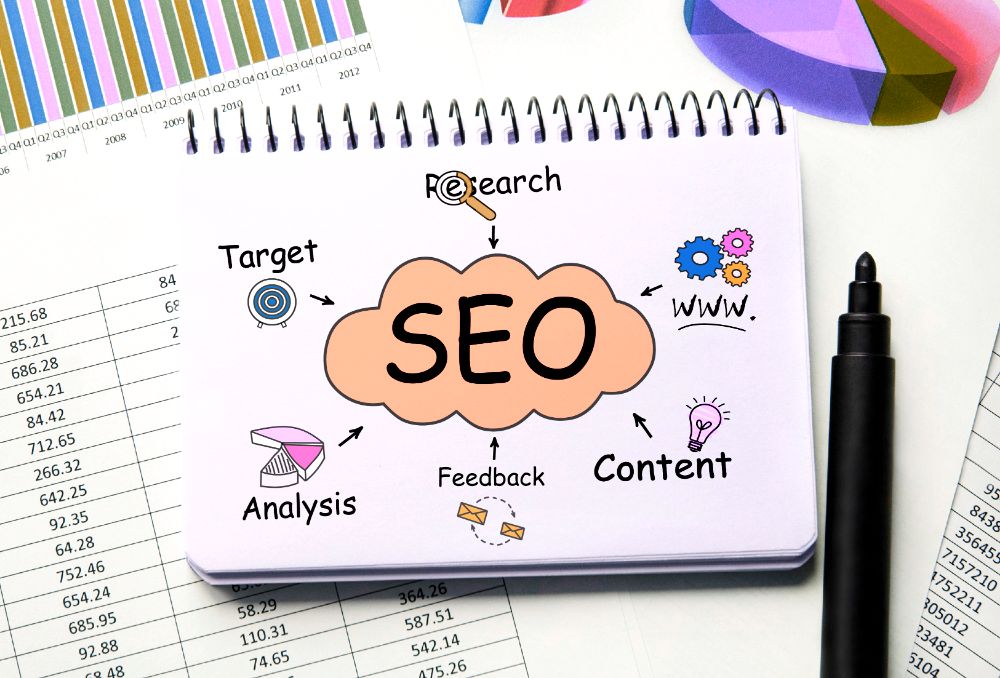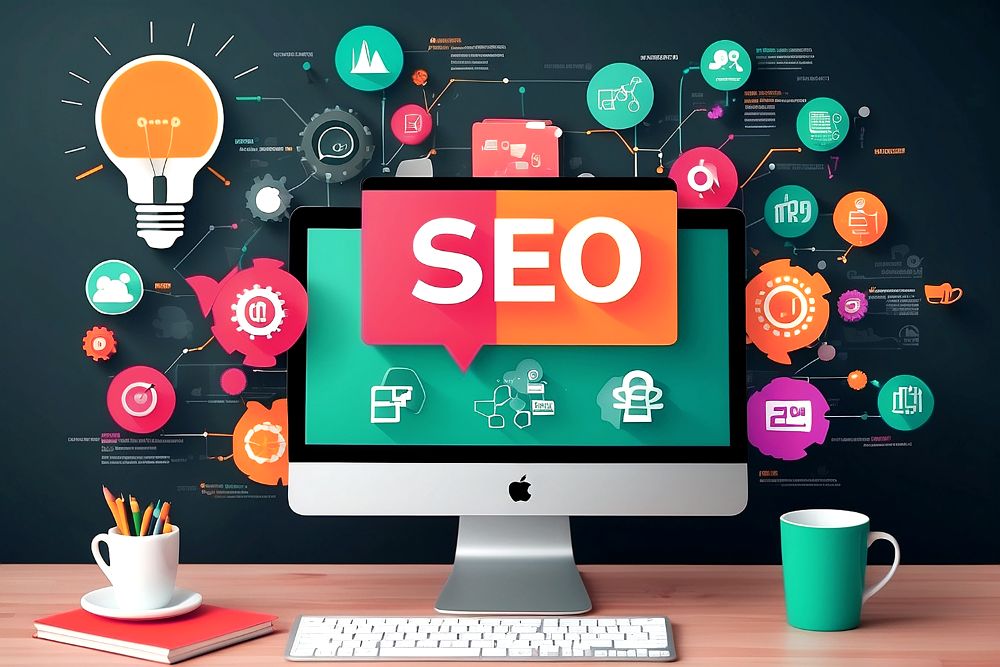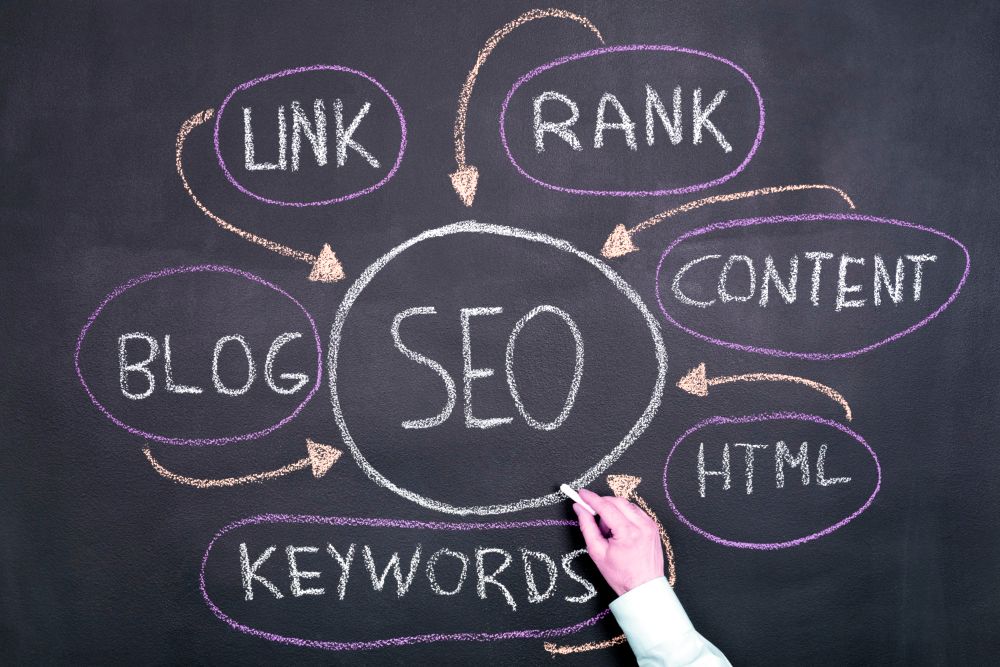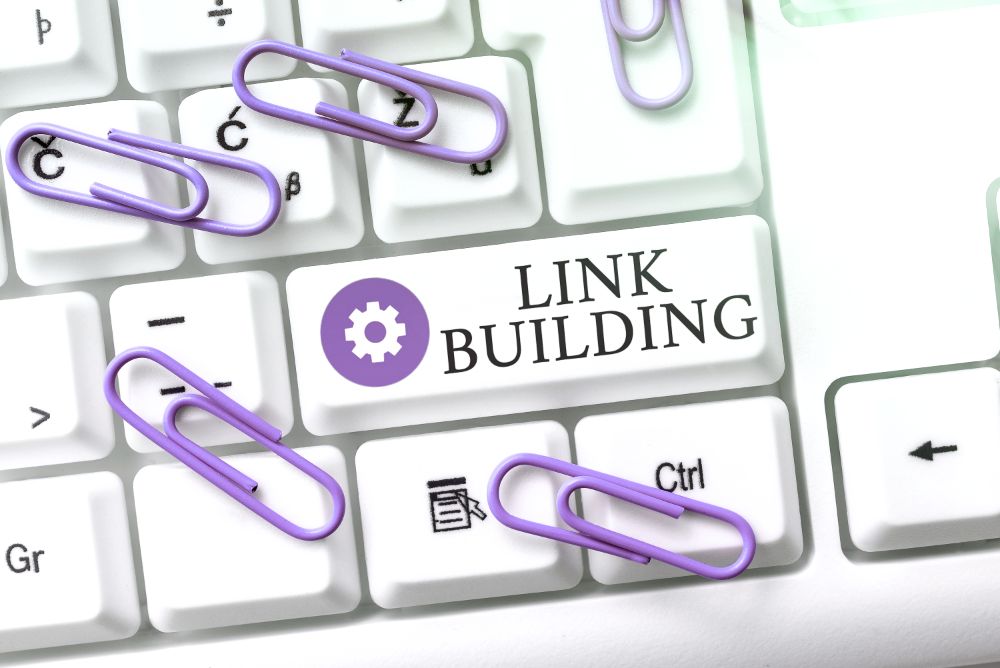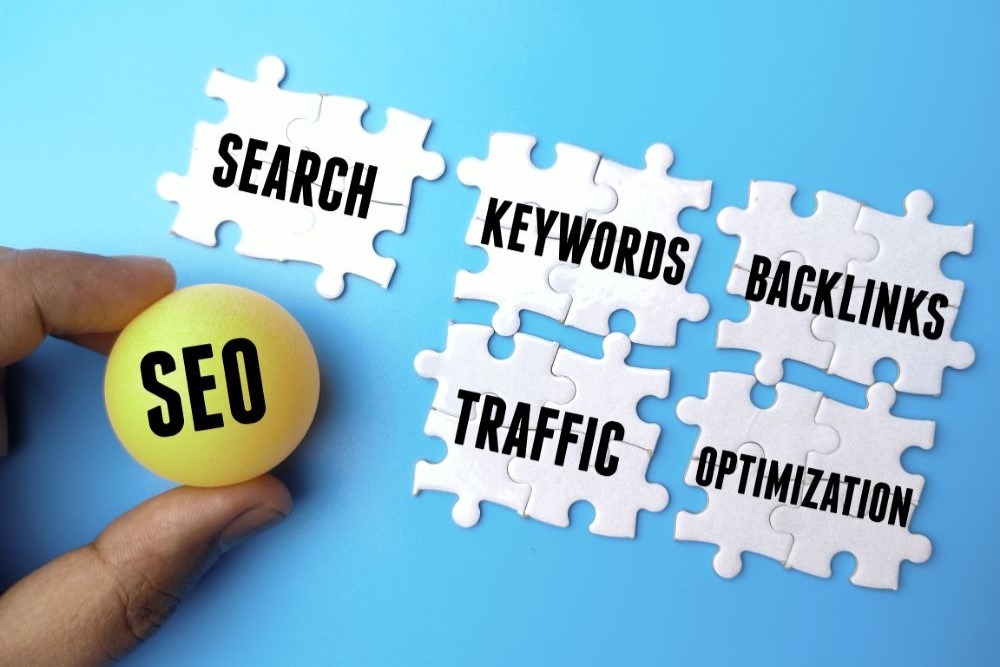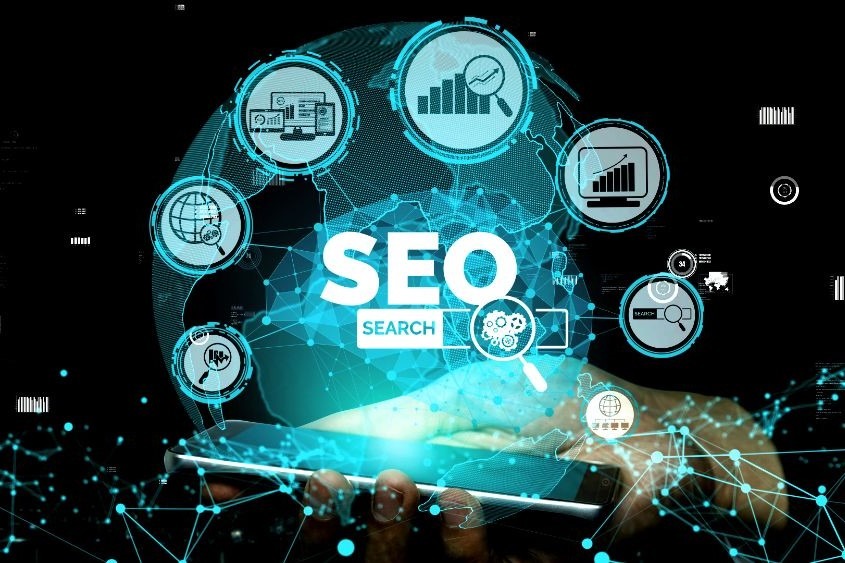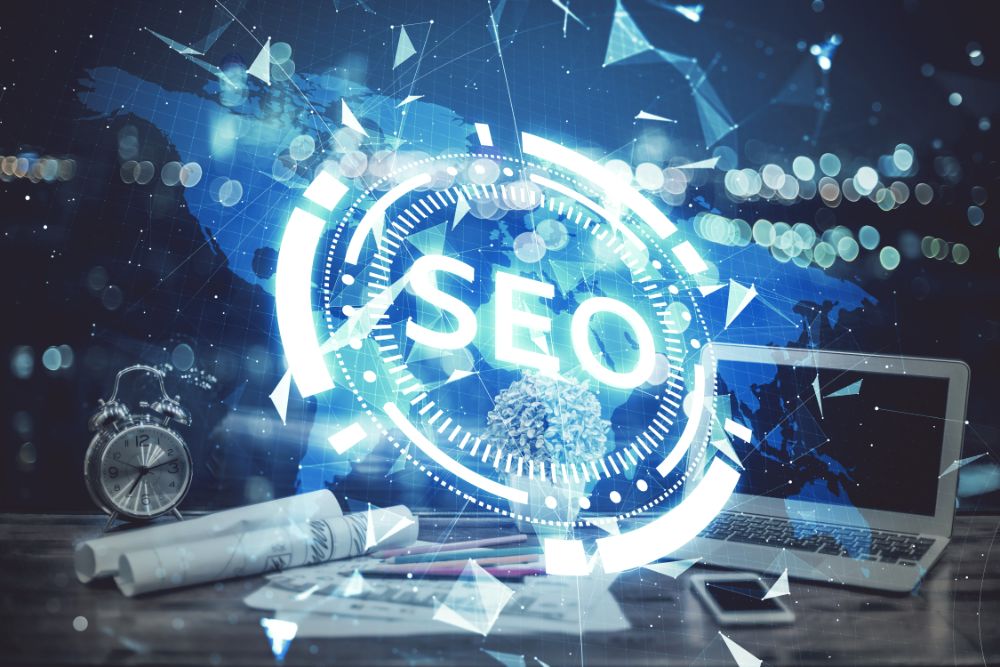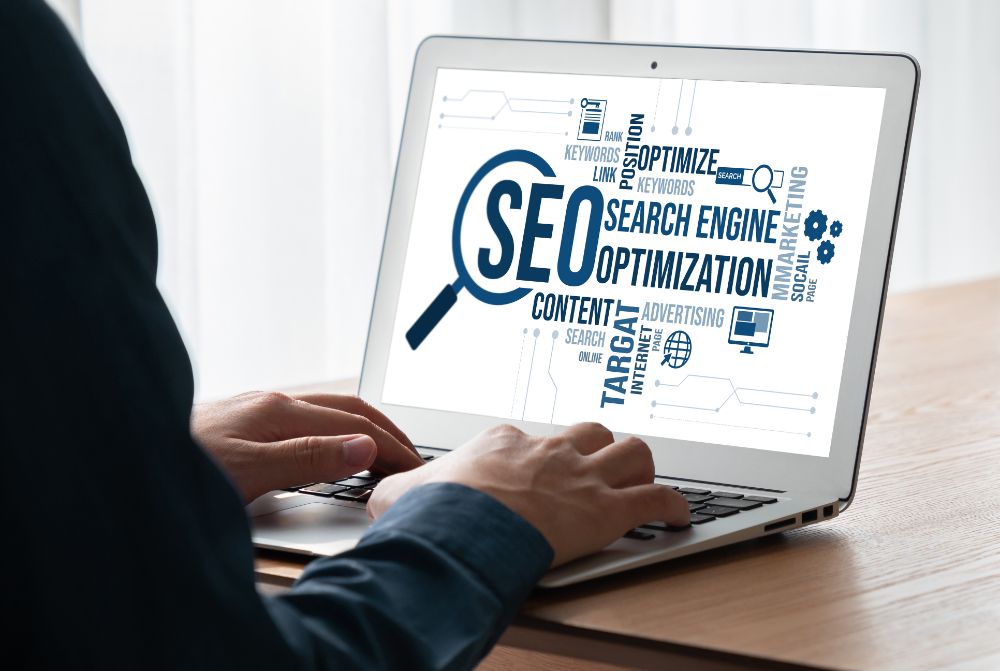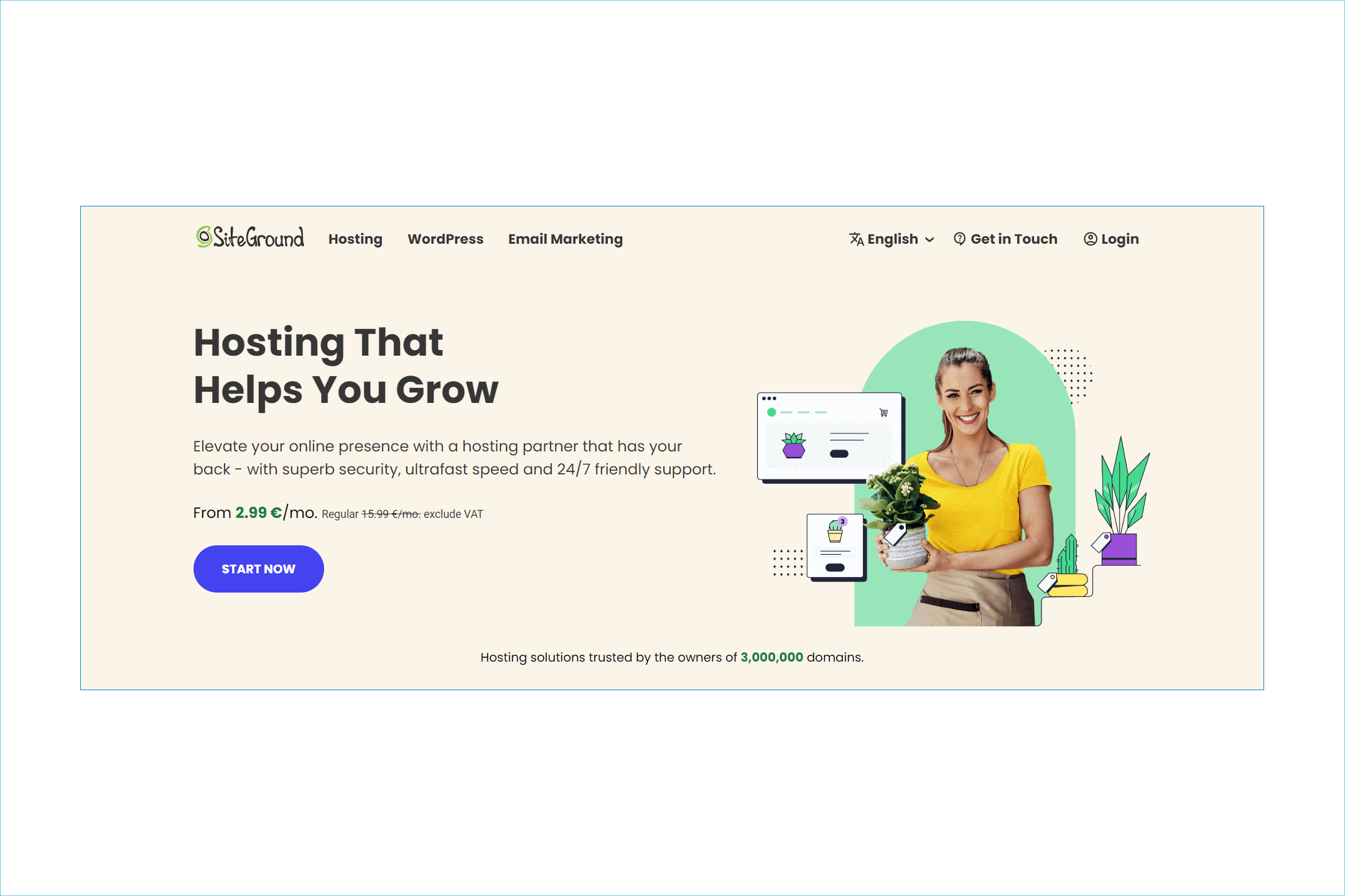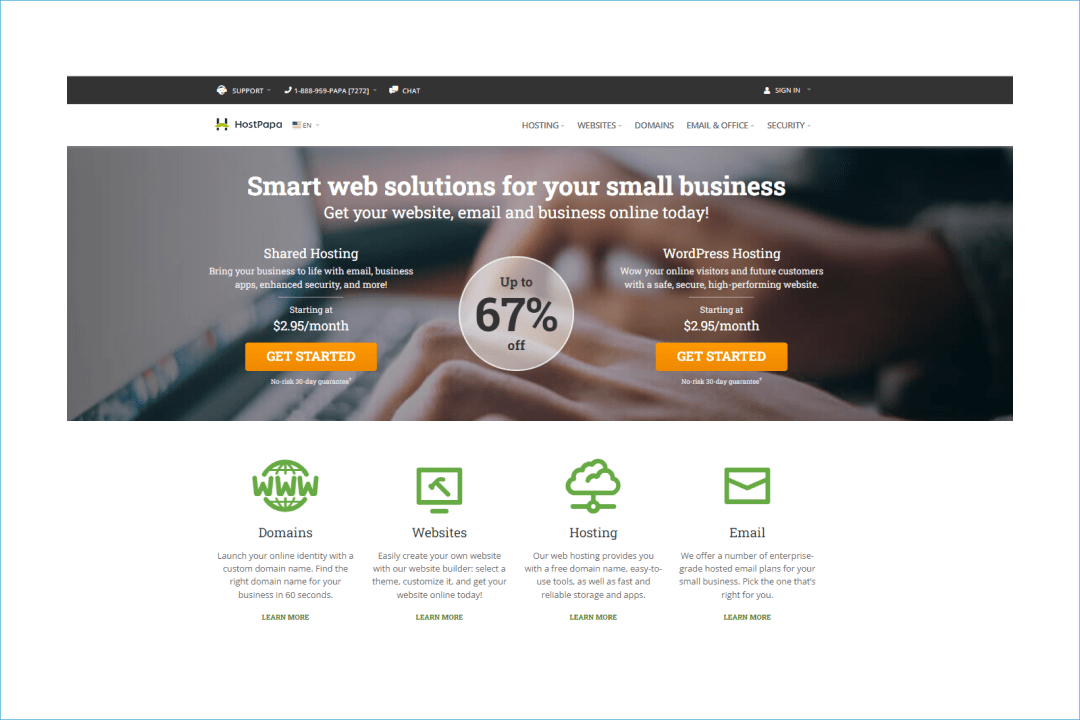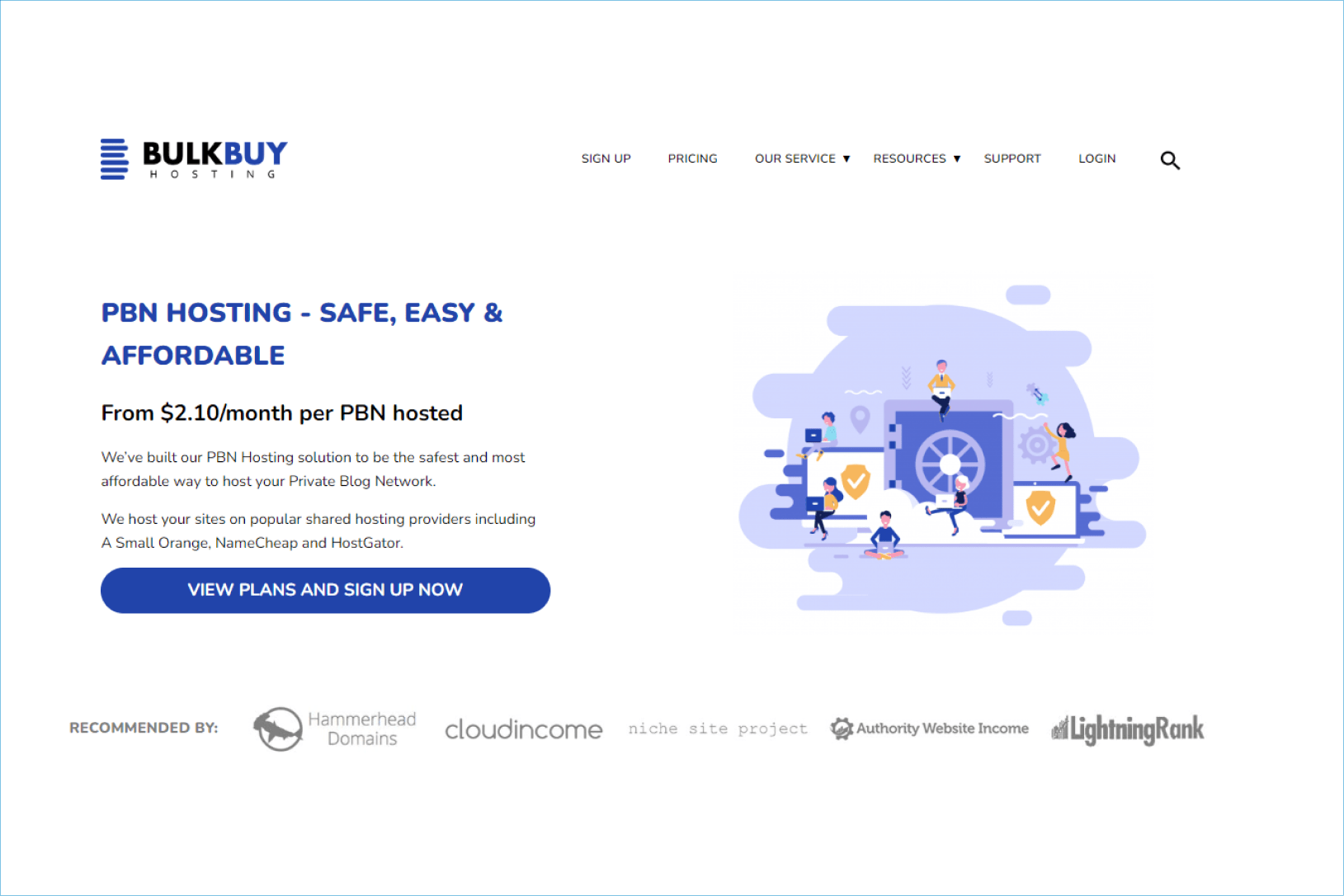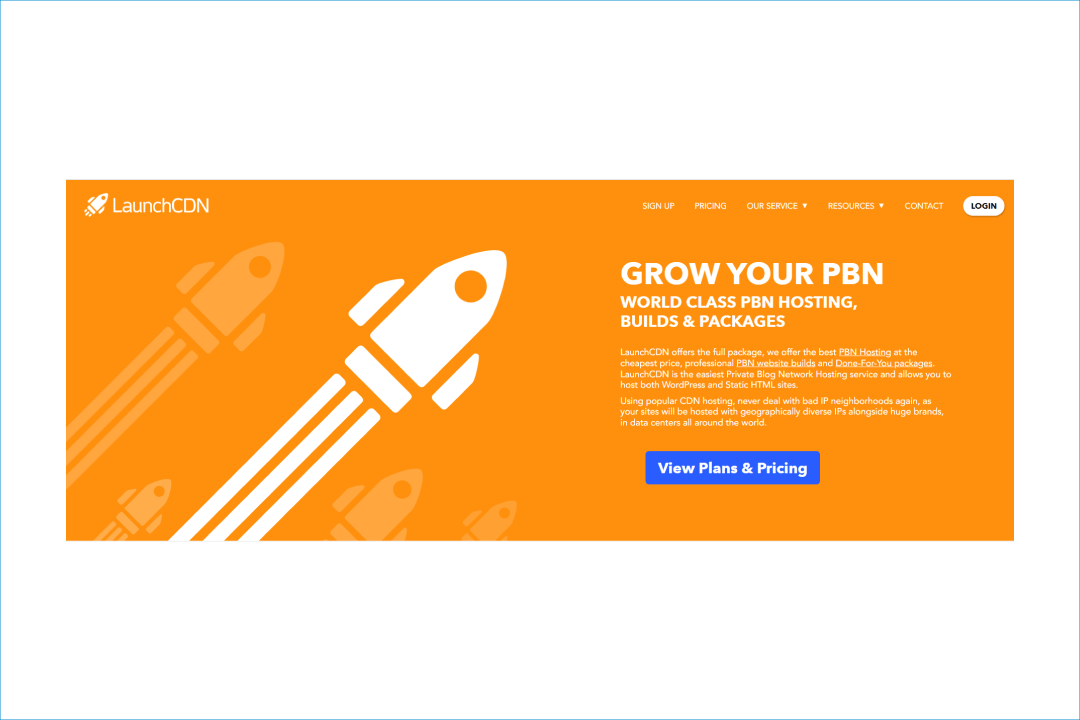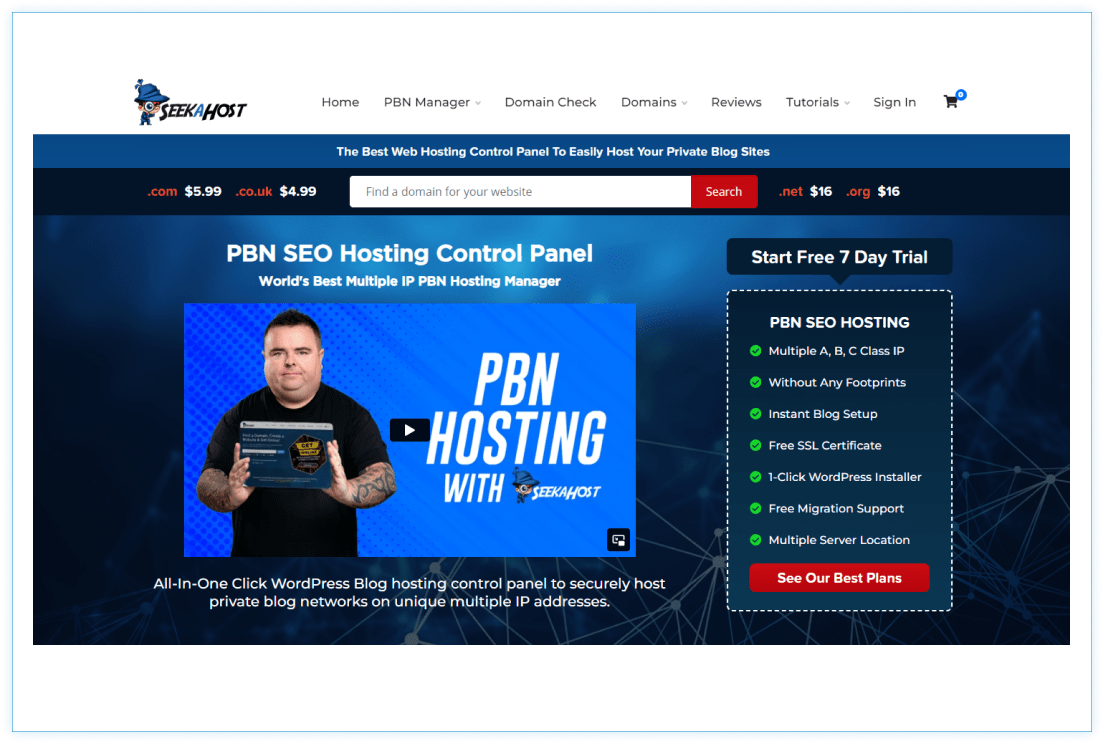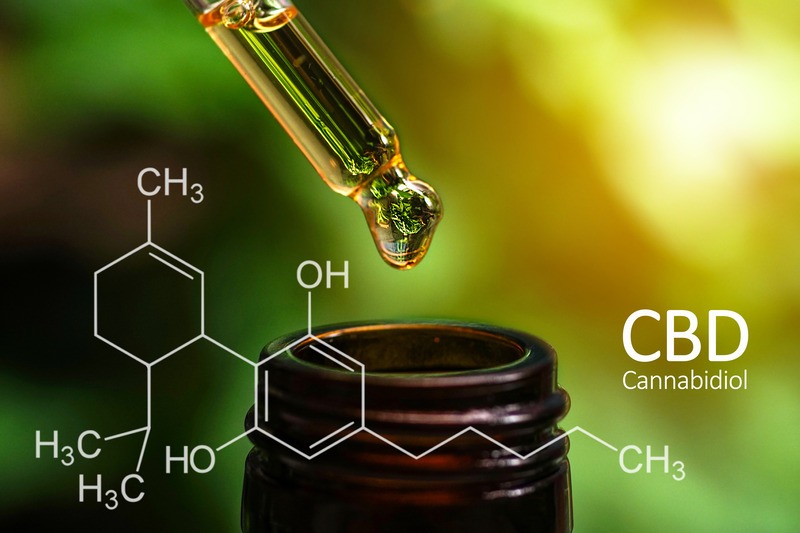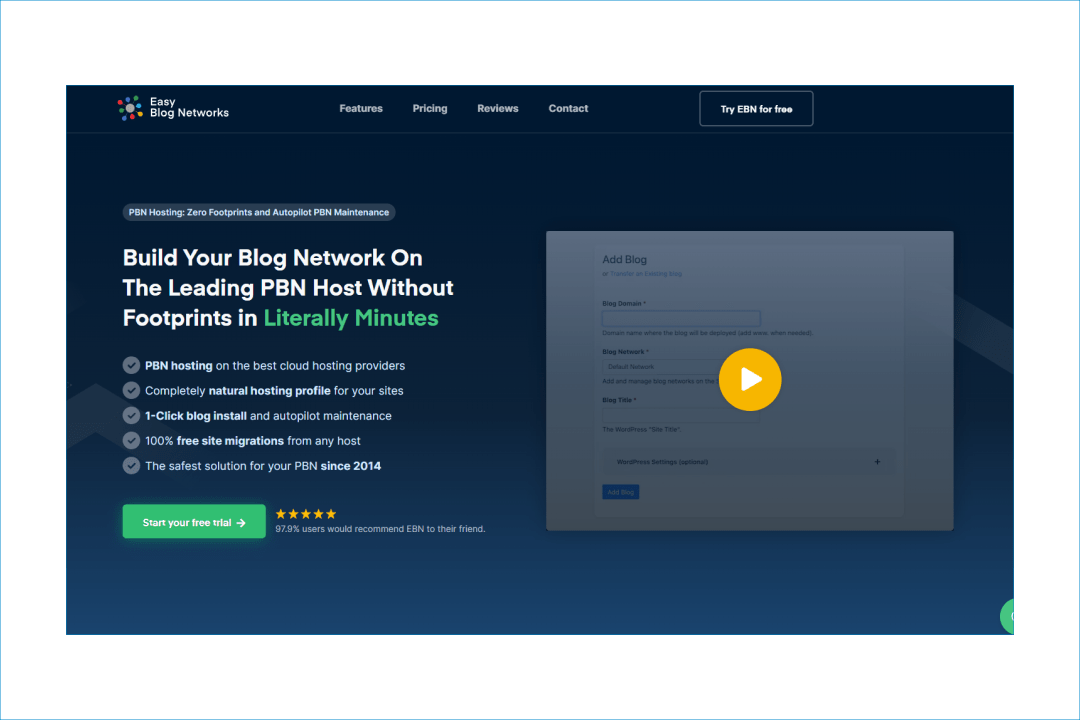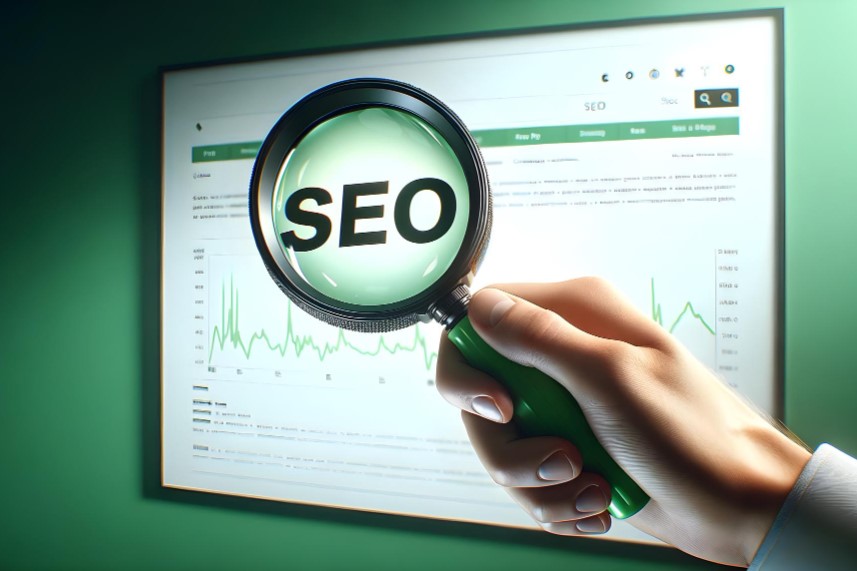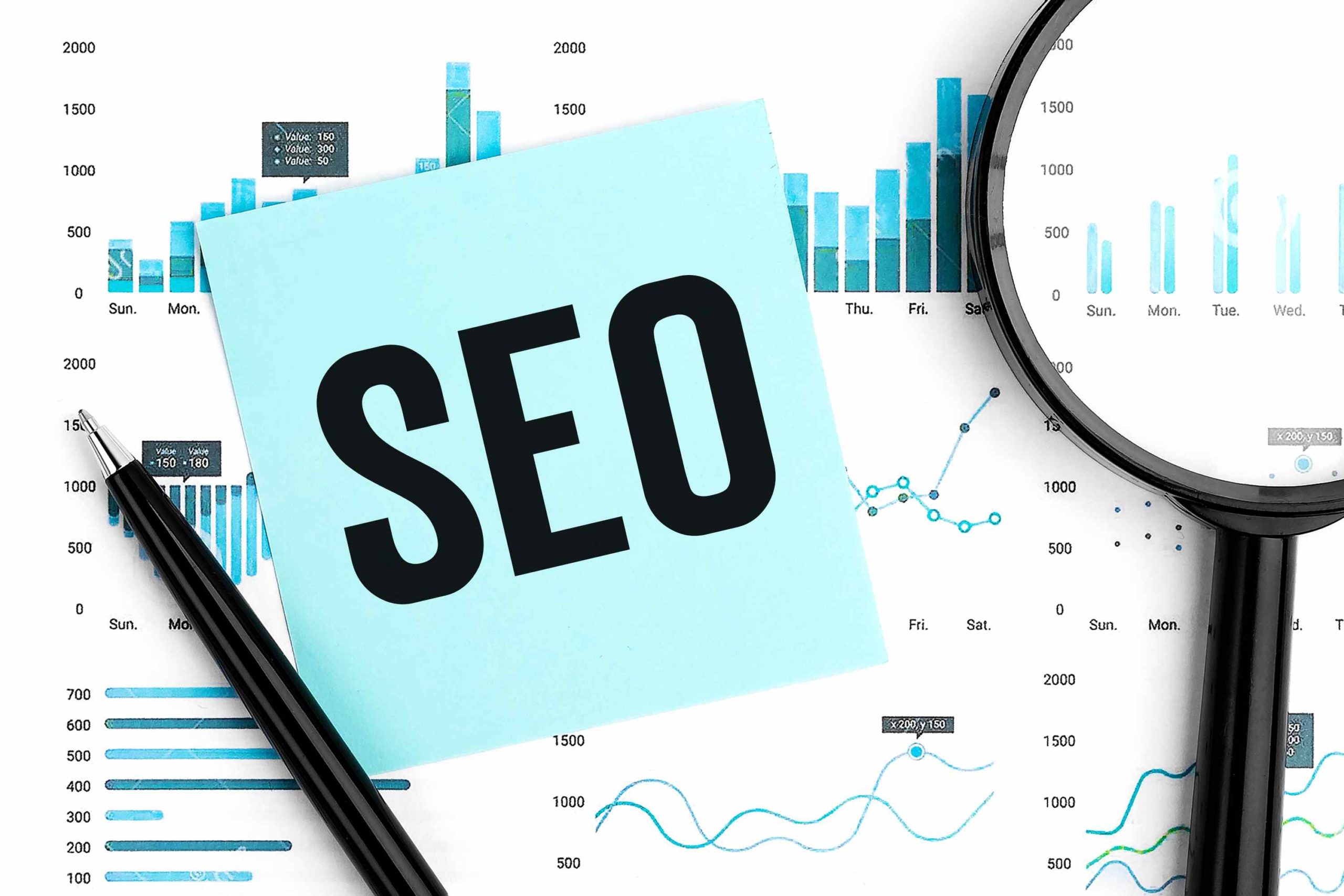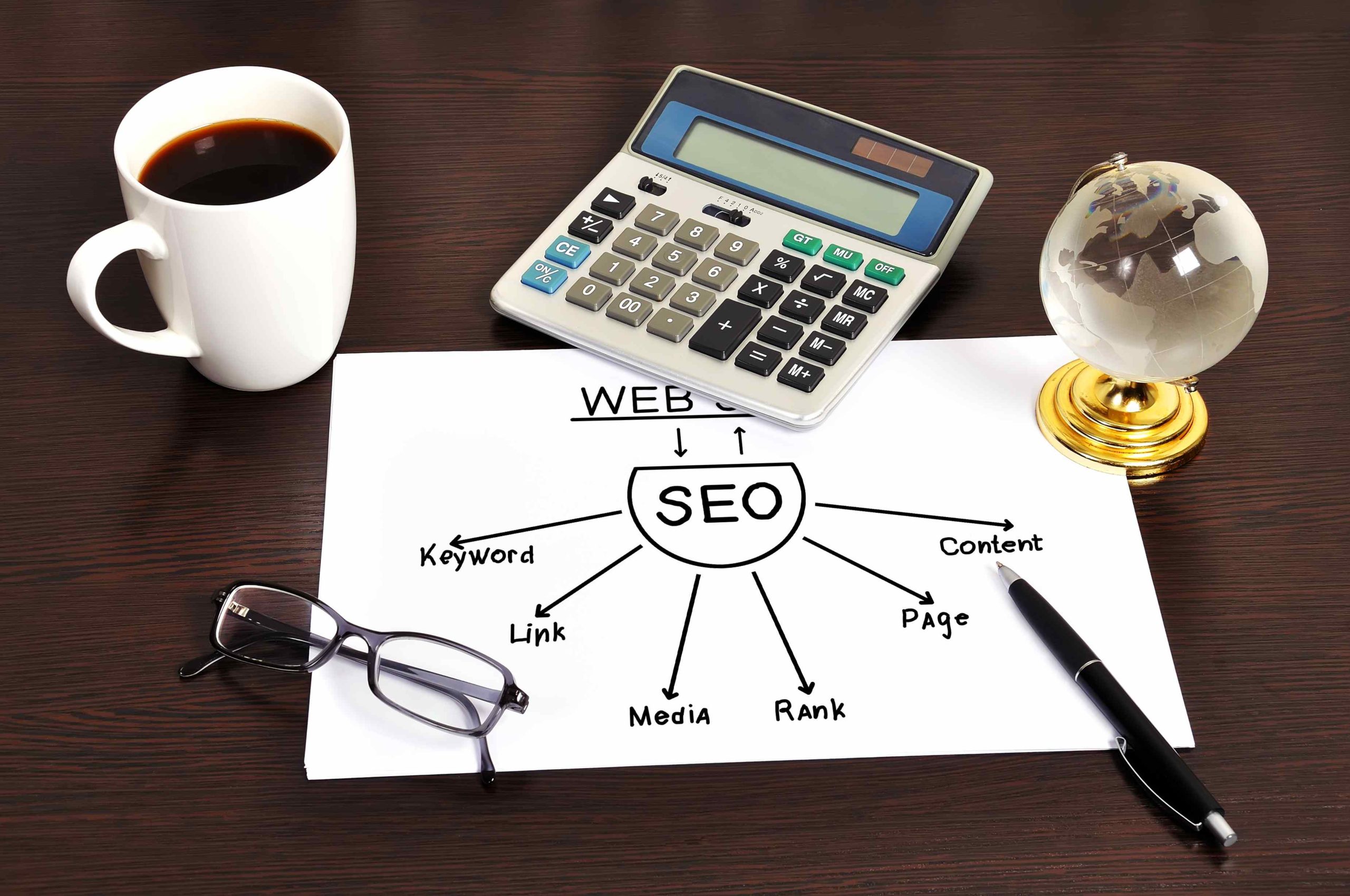
In the world of digital marketing, the term “organic traffic” often comes up as a key metric for success. But what exactly does it mean?
Unlike paid traffic from ads, organic traffic is generated through search engine optimization (SEO) efforts, making it a cost-effective way to attract potential customers.
This guide will walk you through the essentials of organic traffic, explaining how it works, why it’s important for your online presence, and how to increase it to benefit your business.
Key Takeaways
- Organic traffic refers to website visitors who find your site through unpaid search engine results.
- It is driven by the relevance and quality of your content, combined with effective SEO practices.
- Unlike paid traffic, organic traffic builds gradually but can lead to long-term, sustainable growth.
- Optimizing for search engines involves targeting the right keywords and improving user experience.
- Monitoring and analyzing organic traffic is essential for understanding your website’s performance and audience engagement.
What Is Organic Traffic?
Organic traffic is a crucial element of digital marketing, representing the visitors who reach your website through unpaid search results on search engines such as Google, Bing, or Yahoo. Unlike paid traffic, which involves financial investment for visibility through advertisements, organic traffic is generated naturally by users searching for specific terms and clicking on the resulting links that appear in the search engine results pages (SERPs).
This type of traffic is considered “free” in the sense that you do not pay for each visitor. However, it requires ongoing effort in search engine optimization (SEO) to improve your website’s visibility and ranking in search results. SEO involves optimizing your website’s content and structure to make it more appealing to search engines and users alike. The higher your site ranks for relevant keywords, the more likely it is to attract organic traffic.
Organic traffic is a key performance indicator for websites, as it often reflects the quality and relevance of the content provided. It can lead to increased leads, sales, and long-term growth for businesses by attracting users who are actively seeking the products or information you offer.
Why is Organic Traffic Important?
Organic traffic is important for several reasons, making it a key component of any successful digital marketing strategy:
- Cost-Effectiveness: Organic traffic is one of the most cost-effective forms of marketing. Unlike paid advertising, which requires continuous financial investment, organic traffic is generated through unpaid search results. This means that once your website is optimized for search engines, you can attract visitors without incurring ongoing costs.
- High-Quality Leads: Visitors who arrive at your site through organic search are often looking for specific information or solutions, aligning closely with user intent. This makes them more likely to convert into customers, as they are actively seeking out the products or services you offer.
- Long-Term Sustainability: Organic traffic provides long-term benefits because it can continue to bring in visitors as long as your content remains relevant and optimized. This sustainability contrasts with paid advertising, which stops delivering traffic once the budget is exhausted.
- Credibility and Trust: High rankings in organic search results enhance credibility and trust among users. Websites that appear on the first page of search results are often perceived as more reliable and authoritative, which can lead to increased engagement and conversion rates.
- Competitive Advantage: By focusing on organic traffic, businesses can gain a competitive edge. If competitors are not ranking well organically, you can capture market share by appearing higher in search results for relevant keywords.
Organic vs. Paid Traffic: What is the Difference?
Organic traffic refers to visitors who arrive at a website through unpaid search results. It is achieved through SEO and content creation, which do not incur direct costs per click. This type of traffic is a long-term strategy, as it takes time to build but can provide sustainable results if the content remains relevant.
Organic traffic is often perceived as more credible and trustworthy by users, as it appears naturally in search results based on relevance and search intent.
On the other hand, paid traffic involves visitors who come to a website through paid advertisements, such as pay-per-click (PPC) ads or social media ads. This approach incurs costs for each click or impression, making it budget-dependent. Paid traffic delivers immediate results once campaigns are activated, but it is less sustainable since the traffic stops when the advertising budget is exhausted.
Paid ads allow for precise targeting based on demographics, location, and user behavior, often resulting in higher conversion rates compared to organic traffic.
In summary, organic traffic builds long-term credibility and sustainability, while paid traffic offers immediate visibility and targeted reach. Both are valuable components of a comprehensive digital marketing strategy.
How to Increase Your Organic Traffic
To increase your organic traffic, follow these five steps:
- Fix Technical Issues: Ensure your website is free from technical problems that could hinder search engines from crawling and indexing your content. Use tools like Semrush’s Site Audit to identify and resolve issues such as broken links, redirect chains, and duplicate meta descriptions.
- Conduct Keyword Research: Identify valuable keywords that align with your niche using tools like Semrush’s Keyword Magic Tool. Focus on terms with high search volume and low difficulty, and consider what users intend to find when they search for these keywords.
- Create Intent-Focused Content: Develop high-quality content that meets the needs of your audience and aligns with their search intent. You can use tools like Semrush’s On Page SEO Checker to optimize existing content and the SEO Writing Assistant for new content creation. Check out this article: https://quirk.biz/content-optimization-101-how-to-improve-your-seo-and-engagement/
- Acquire Quality Backlinks: Enhance your site’s authority by earning backlinks from reputable websites. Strategies include broken link building, the skyscraper technique, and analyzing competitor backlinks to find new opportunities. Read our article How to Get Organic Backlinks? for more information.
- Optimize Your Google Business Profile: For local businesses, setting up and optimizing a Google Business Profile can boost visibility in local searches. Ensure your profile is complete with relevant information to attract more visitors.
Conclusion
Organic traffic is a vital component of any website’s growth strategy. By focusing on creating valuable, relevant content and optimizing your site for search engines, you can steadily increase the number of visitors arriving through unpaid search results. While it may take time to see significant results, investing in organic traffic helps build a sustainable and credible online presence over the long term.
As a beginner, understanding these fundamentals will set you on the right path toward growing your website naturally and effectively.


